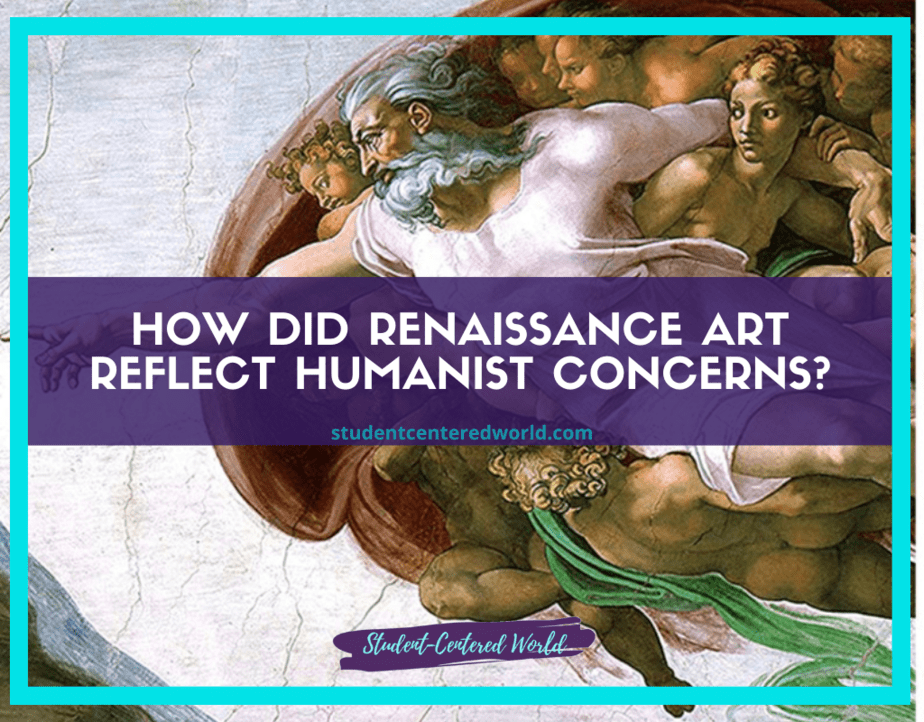Teaching the Enlightenment and the Age of Reason of the 18th Century
When it comes to teaching the Enlightenment, many teachers have a tendency to dig into the nitty-gritty facts of the era as opposed to bringing out the excitement and creativity of their students. Fortunately, teaching the Enlightenment is one of the easiest places to step outside of your comfort zone and get the kids excited about the content.
Background on the Age of Enlightenment
During the Age of Reason, Enlightenment thinkers sought to promote reason over all else. They believed that reason could be used to combat social injustice and create positive change. One of the most famous Enlightenment thinkers, Voltaire, wrote extensively about the need for reason in society. He argued that unreasonable religious beliefs were at the root of much of society’s problems and that free speech is vital to society. His famous quote, “I may disagree with what you say, but will defend ’til death your right to say it” is a testament to the power of reason.
The Enlightenment ultimately gave rise to the French Revolution and The Declaration of the Rights of Man, which sought to overthrow the monarchy and institute a government based on reason and was at the forefront of the United States’ founding fathers when writing the Declaration of Independence and the start of the American Revolution.
Two of the first Enlightenment Philosophers were John Locke and Thomas Hobbes. Locke argued that all people are born with certain inalienable rights, including the basic human rights of life, liberty, and property (also core beliefs sewn into American democracy). He believed that government exists to protect these rights and that citizens have a duty to overthrow a government that fails to do so. Hobbes, on the other hand, believed that humans are naturally selfish and that government is necessary to protect people from each other. He argued that individuals must give up some of their liberty in order to live in peace under a government.

Enlightenment thinkers also had a significant impact on philosophy. In particular, Immanuel Kant’s work was hugely influential. Kant argued that humans are capable of morality and rationality because they possess a “cognitive faculty” which allows them to think about the world in abstract terms. This was a radical idea at the time and helped to pave the way for later philosophical movements such as existentialism and post-modernism.
The Enlightenment was not just a philosophical movement, it also led to advances in science and medicine. People like Isaac Newton, Nicolaus Copernicus, Galileo Galilei, and Louis Pasteur made groundbreaking discoveries in these fields, which helped to legitimize the Enlightenment through the Scientific Revolution. The Enlightenment ultimately led to the Industrial Revolution, which transformed the world through its advances in technology.
The Enlightenment was a time of great change and progress. It was a time when reason and science began to take precedence over tradition and superstition. The thinkers of the Enlightenment helped to lay the foundation for modern society, which is the main connection your students should be able to make.
Teaching Your Enlightenment Unit
While there are countless primary sources that you can (and should) use throughout this unit, you don’t want to get bogged down in analysis. There are many ways to use those documents that will be meaningful and memorable for your students. So many social studies teachers get lost in the content and forget that there are new ideas out there about teaching our Generation Z students that work (and, might I add, work REALLY well).
One way to do this is by bringing in more current events that they are familiar with in a beginning enlightenment lesson plan. For example, if you’re talking about the French Revolution, you can discuss how the Arab Spring inspired people to fight for their own rights. Or, if you’re discussing the American Revolution, you can talk about how the protests in Ferguson, Missouri had similarities to the Boston Tea Party.
Not only will this help keep the students engaged, but it will also help them see how the Enlightenment ideals still apply to the world we live in today. This is a great way to show that the Enlightenment was not just a bunch of old ideas, but rather a movement that is still relevant today.
Another way to get the students excited about the Enlightenment is by incorporating hands-on activities into your lessons. For example, you can have the students design their own “Declaration of Independence” or write a letter to King Louis XVI from the point of view of the Third Estate with the “new” ideas that are being developed. You can also have them create a map of the Enlightenment era or dress up as one of the key figures from that time period.
The possibilities are endless, and the more creative you get, the more engaged the students will be. Ultimately, it’s important to remember that teaching the Enlightenment does not have to be boring. With a little creativity, you can bring this vital time period to life for your students.
Interested in a Complete Unit on the European Enlightenment?
I find that in teaching, so often we see or have these fantastic ideas and absolutely zero time to implement them. Fortunately, we also live in a day in age that allows us the world at our fingertips, including an entire unit on the Enlightenment (that doesn’t require one PowerPoint presentation!).
Wait…no PowerPoints?! No, friends. All of my social studies activities are hands-on and analytical. I don’t tell students what they need to know; I allow them to discover it.
My students love it and they learn so much more in the process.
The Enlightenment is one of those units that can be a little dry if not approached in the right way. By utilizing these hands-on activities that get the kids thinking, it will naturally differentiate, get them more engaged, and the content will resonate on a much deeper level than if you were just lecturing about people that passed away centuries ago.
This unit I have crafted includes:
⭐ “Shipwrecked” opening activity (explains the State of Nature)
⭐ Introduction to Enlightenment ideas of the State of Nature, Natural Rights, and the Social Contract (reading and critical thinking activity)
⭐ Comparing Locke and Hobbes and the main ideas of the Enlightenment activity
⭐ Looking at John Locke, Thomas Hobbes, Jean-Jacques Rousseau, Baron de Montesquieu, Voltaire, and Mary Wollstonecraft activity (additional research) WITH KEY
⭐ Analysis of a pop culture cartoon TV show episode “Das Bus” WITH KEY
⭐ Philosopher bumper sticker activity
⭐ Philosopher trading card activity (with rubric: must set your own point structure)
⭐ Designing a Philosopher School (with rubric: must set your own point structure)

This unit covers…
Let me know in the comments if you have any questions!








2 Comments
Remi Chabbert
Hi there
I am a student teacher in Australia and I would love to be able to use your resources for my lesson planning. However, the link to “click here for the lesson plan seems not to be working for me.
Many thanks if you can help
Remi Chabbert
Jenn
Thank you for pointing that out! I wonder what happened there. I have updated the buttons, but you can also access directly here.